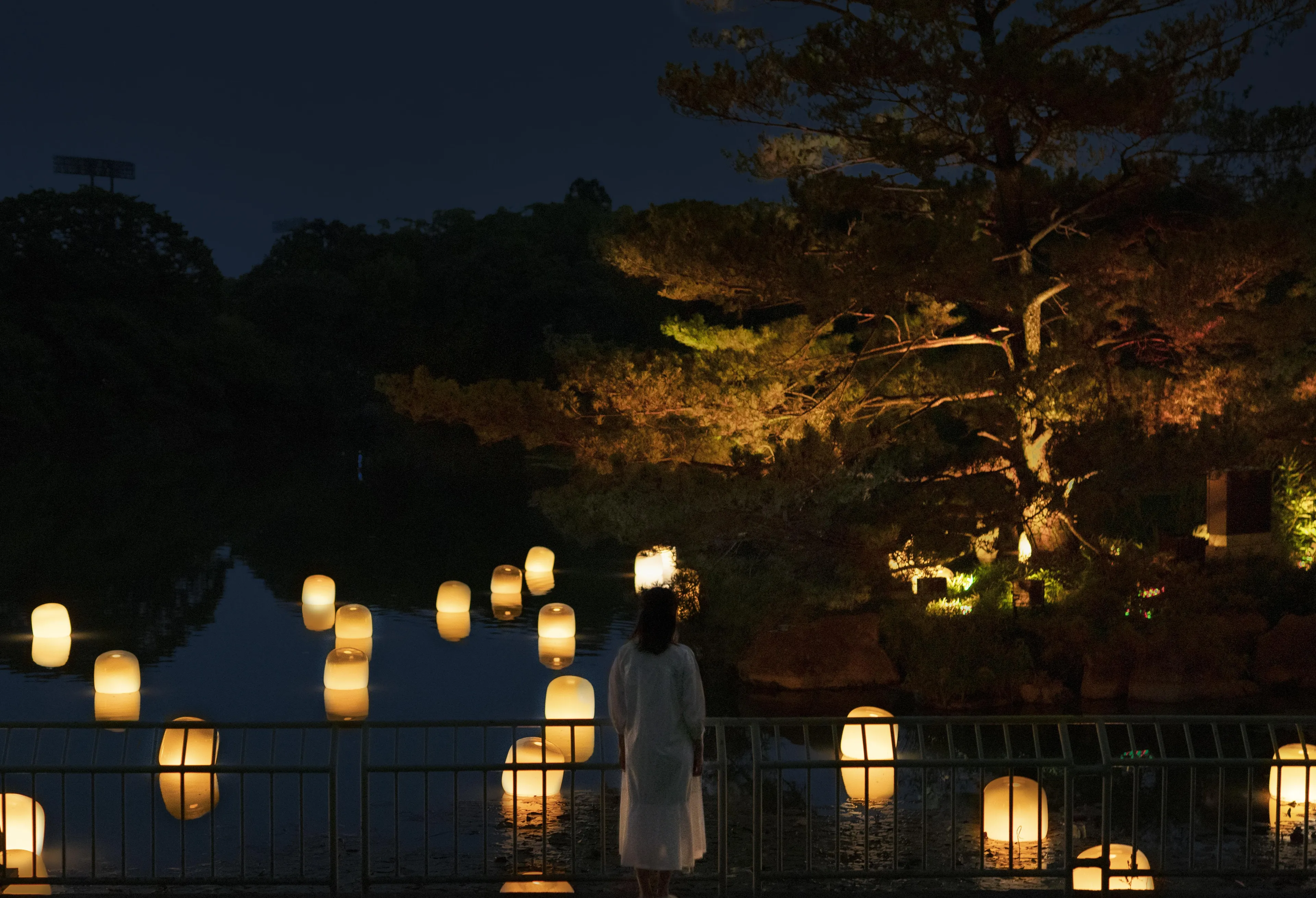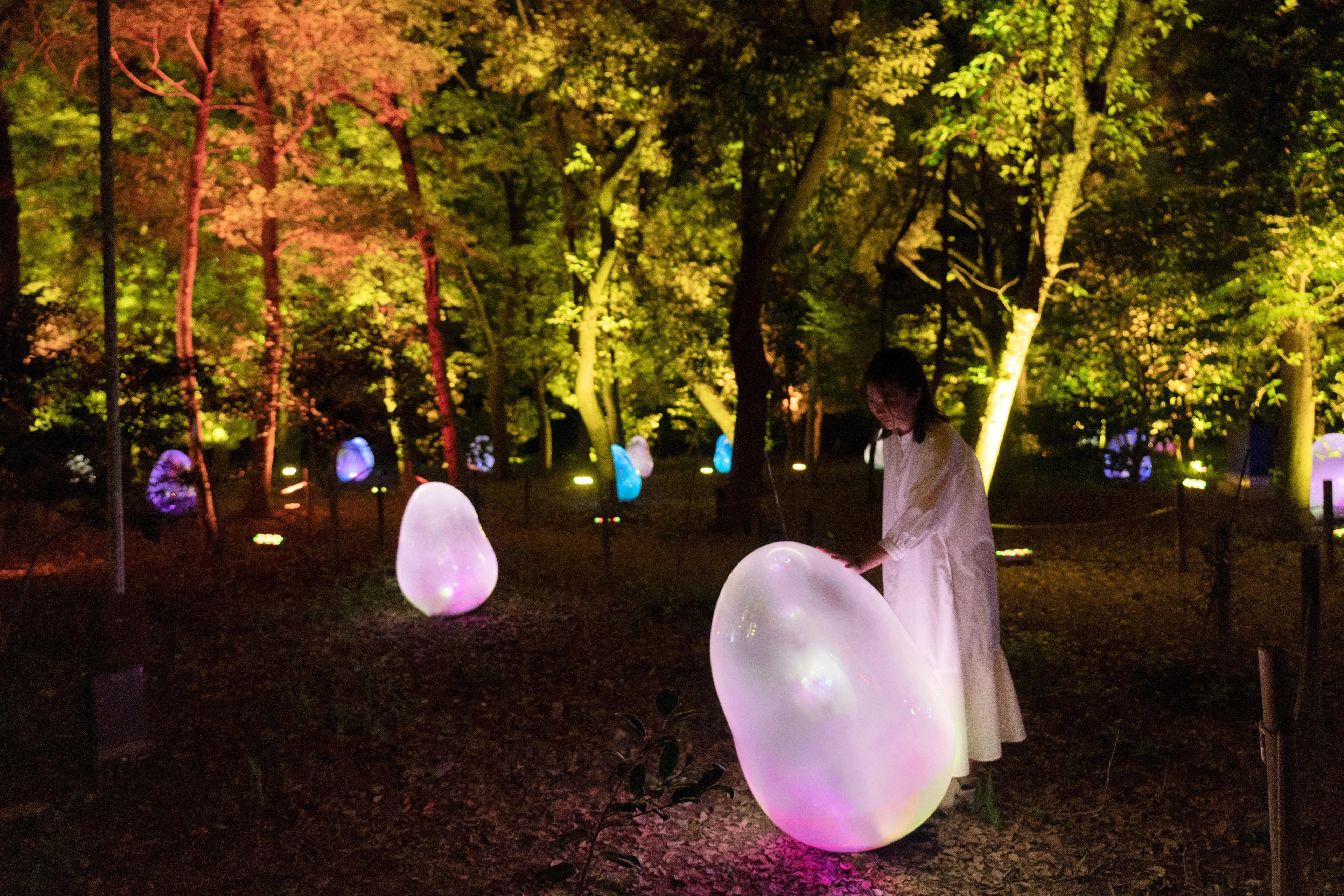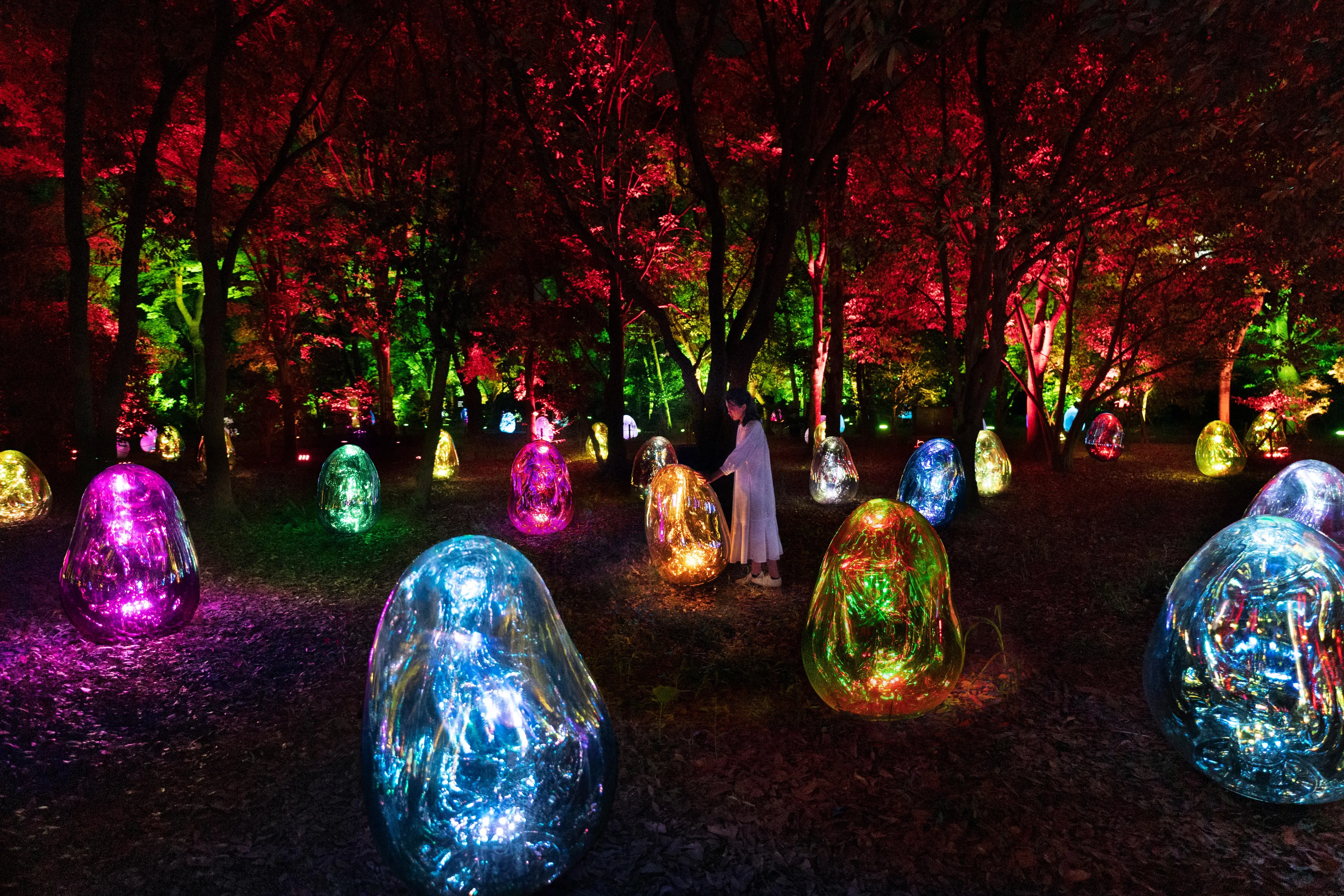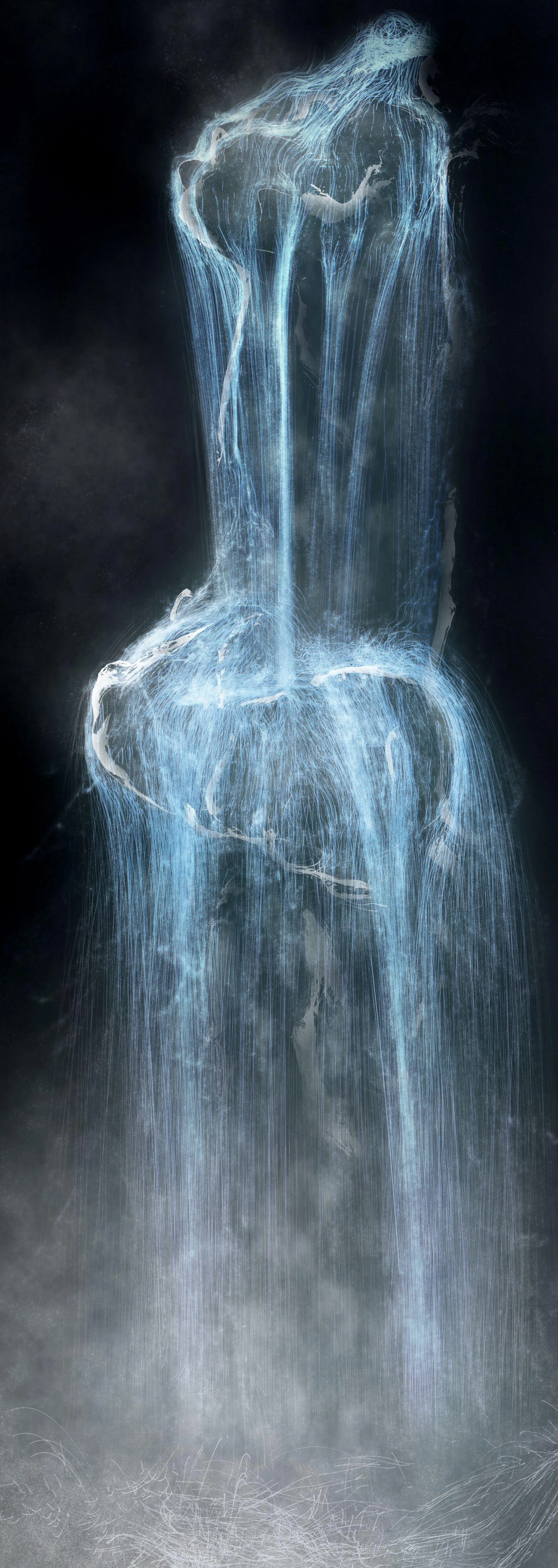Regarding ticket purchase
・ในกรณีที่ซื้อตั๋วหน้างาน มีจำหน่ายเฉพาะตั๋วสำหรับวันนั้นๆ เท่านั้น และอาจมีกรณีที่ตั๋วจำหน่ายหมด นอกจากนี้ราคาตั๋วยังราคาไม่เท่ากัน
・ไม่สามารถเปลี่ยนแปลงหรือยกเลิกหลังจากที่ซื้อตั๋วแล้ว แต่สามารถเปลี่ยนแปลงวันที่และเวลาได้ ในกรณีที่ซื้อบนเว็บไซต์จำหน่ายตั๋วอย่างเป็นทางการเท่านั้น
คุณสามารถเปลี่ยนวันที่และเวลาได้สูงสุดสามครั้ง ก่อนเวลา 21.00 น. ของวันเข้าชมที่ระบุไว้ในตั๋ว
โปรดดำเนินการหลังจากคลิกที่ปุ่ม "เปลี่ยนวันเข้าชม" ที่แสดงบนตั๋ว QR
อย่างไรก็ตาม จะไม่สามารถเปลี่ยนแปลงวันเข้าชมได้ในกรณีต่อไปนี้
ในกรณีที่ตั๋วมีการเปลี่ยนแปลงวันที่และเวลาแล้ว 3 ครั้ง
การเปลี่ยนเป็นตั๋วประเภทอื่น
การเปลี่ยนเป็นวันที่ตั๋วจำหน่ายหมด หรือวันที่ตั๋วมีจำนวนเหลือไม่เพียงพอ
การเปลี่ยนวันที่และเวลาของตั๋วบางใบที่มีการซื้อในครั้งเดียวกัน เป็นวันและเวลาที่แตกต่างกัน
การเปลี่ยนแปลงเป็นวันและเวลาของตั๋วแต่ละใบที่มีการซื้อในครั้งเดียวกัน
การเปลี่ยนแปลงเป็นวันและเวลาก่อนเริ่มจำหน่ายตั๋ว
การเปลี่ยนแปลงเป็นวันและเวลาของตั๋วที่มีราคาต่างกัน หลังจากแก้ไขราคาตั๋วแล้ว
・มีการจำหน่ายตั๋วตามวันและเวลาที่กำหนด ซึ่งอาจมีกรณีที่ตั๋วขายหมด
・ราคาที่ปรากฏเป็นราคาที่รวมภาษีแล้ว
・สำหรับผู้ที่ถือสมุดผู้ทุพพลภาพ
มีส่วนลดสำหรับผู้ถือสมุดบันทึกส่วนลดสำหรับบุคคลทุพพลภาพและผู้ติดตามสูงสุด 1 คน
(ไม่มีตั๋วลดราคาสำหรับผู้ทุพพลภาพที่เป็นเด็ก ในกรณีที่เด็กคนดังกล่าวถือสมุดผู้ทุพพลภาพ จะสามารถซื้อตั๋วลดราคาสำหรับผู้ทุพพลภาพได้ โดยมีผู้ติดตามได้ไม่เกินหนึ่งคน)
จะมีการขอความร่วมมือให้แสดงสมุดผู้ทุพพลภาพที่ประตูทางเข้า ขอให้ผู้ติดตามเข้าประตูพร้อมกัน
สามารถใช้สมุดผู้ทุพพลภาพที่ออกขึ้นในแต่ละประเทศได้
และยังสามารถใช้แอปพลิเคชั่นสมุดผู้ทุพพลภาพ "Mirairo ID'' แทนสมุดที่เป็นเล่มได้
・เด็ก (รวมถึง ม.ต้น) จำเป็นต้องเดินทางพร้อมผู้ปกครองที่มีอายุ 18 ปีขึ้นไป
รวมถึงเด็กที่เข้าฟรีจะต้องมีผู้ปกครอง 1 คนต่อเด็ก 3 คน
・เด็กก่อนวัยเรียนเข้าฟรี
・เวลาเปิดให้เข้าชมอาจมีการเปลี่ยนแปลง โดยจะแจ้งให้ทราบล่วงหน้าในหน้าเว็บซื้อตั๋ว
ข้อควรระวังในการเข้าชม
・ผู้จัดงานจะไม่รับผิดชอบต่อการบาดเจ็บ ความสูญเสีย ความเสียหาย หรือปัญหาอื่นๆ ที่อาจเกิดขึ้นจากการเข้าชมนิทรรศการนี้
・ห้ามจำหน่ายตั๋วต่อ ซึ่งเจ้าหน้าที่อาจไม่อนุญาตให้ผู้ที่ใช้ตั๋วที่ซื้อต่อจากคนอื่นมาเข้าชม โดยผู้จัดงานจะไม่รับผิดชอบในกรณีดังกล่าว
・คุณอาจไม่สามารถเข้าชมผลงานบางส่วนได้ อันเนื่องมาจากผู้เข้าชมที่หนาแน่นหรือการปิดซ่อมบำรุง
ผลงานและข้อมูลจำเพาะของผลงานอาจมีการเปลี่ยนแปลงขึ้นอยู่กับฤดูกาล
・อาจมีการหยุดให้เข้าชมนิทรรศการชั่วคราวหรือยกเลิกได้ ด้วยสาเหตุจากสถานการณ์จำเป็นของผู้จัดงาน
・ในกรณีที่มีการเตือนพายุ ฝนตกหนัก หรือฟ้าผ่า อาจมีการหยุดให้เข้าชมนิทรรศการชั่วคราวหรือยกเลิกได้
นอกจากนี้ หากเกิดฟ้าผ่าในระหว่างเข้าชมนิทรรศการ กรุณาหนีออกห่างจากบริเวณต้นไม้และอพยพไปยังอาคารใกล้เคียง
・ในกรณีเกิดแผ่นดินไหวที่มีระดับความรุนแรงตั้งแต่ 4 ขึ้นไป จะหยุดให้เข้าชมนิทรรศการชั่วคราว
・หากมีการพิจารณาแล้วเห็นว่าจะไม่สามารถรักษาความปลอดภัยบนพื้นที่จัดแสดงได้เนื่องจากสภาพอากาศที่ไม่เอื้ออำนวย หรือปัจจัยอื่นๆ อาจะมีการเลื่อนเวลาให้เข้าชม หรือหยุดให้เข้าชมนิทรรศการชั่วคราว หรือยกเลิกได้
ในกรณีที่มีการยกเลิกให้เข้าชมนิทรรศการ จะมีการประกาศบนเว็บไซต์ทางการและบน SNS
・จะไม่มีการคืนเงินไม่ว่าในกรณีใดๆ ยกเว้นในกรณีที่มีการยกเลิกให้เข้าชมนิทรรศการ
・เราไม่รับผิดชอบค่าใช้จ่ายที่เกิดขึ้นจากการเดินทางมาเข้าชมนิทรรศการ แม้ในกรณีที่มีการยกเลิกให้เข้าชมนิทรรศการ
・กรุณามารวมตัวและต่อแถวที่ทางเข้านิทรรศการตามเวลาที่ระบุไว้ในตั๋ว
・หลังจากผ่านประตูเข้าชมแล้ว สามารถอยู่ในนิทรรศการได้ไม่จำกัดระยะเวลา
・ไม่สามารถกลับเข้ามาในนิทรรศการอีกครั้งได้
・ในช่วงเวลาที่มีผู้เข้าชมหนาแน่น อาจมีการให้ผู้ที่รอเข้าชมคอยที่บริเวณด้านนอกอาคาร กรุณาเตรียมอุปกรณ์ป้องกันความร้อนและความหนาวตามฤดูกาลด้วย
กรุณาเผื่อเวลาด้วย
・ในกรณีที่จะออกจากแถวของผู้ที่รอเข้าชม ควรมีตัวแทนยืนรอในแถวด้วย
・ห้ามนำสัตว์อื่นๆ ที่ไม่ใช่สุนัขช่วยเหลือเข้าชมนิทรรศการ
・กรุณาดูแลทรัพย์สินหรือสิ่งของมีค่าของคุณด้วยความรับผิดชอบของตัวคุณเอง ผู้จัดงานจะไม่รับผิดชอบในกรณีที่เกิดการโจรกรรมหรือมีการสูญหายเกิดขึ้น
・สถานที่จัดนิทรรศการค่อนข้างมืด พื้นมีความสูงที่แตกต่างกัน พื้นไม่เรียบ ขอให้ความระมัดระวัง ดูแลตัวเอง คนที่พามาด้วย และผู้เข้าชมท่านอื่นๆ ด้วย โดยเฉพาะอย่างยิ่งผู้ที่พาเด็กมาด้วย ขอความร่วมมือให้อยู่ภายใต้การดูแลของผู้ปกครองโดยตลอด
・เนื่องจากพื้นที่การจัดแสดงส่วนใหญ่เป็นทางที่ไม่ได้ปูเป็นถนน จึงขอแนะนำให้สวมรองเท้าที่เดินสบาย และสวมเสื้อผ้าที่ปกปิดผิวหนัง เพื่อป้องกันแมลงสัตว์กัดต่อย
・อาจมีเอฟเฟกต์ เช่น ไฟกะพริบ/ไฟสว่าง เสียงที่ดังกึกก้อง ขึ้นอยู่กับผลงานจัดแสดง
・ โดยทั่วไปสามารถใช้วีลแชร์เข้าชมนิทรรศการได้ แต่ด้วยเหตุผลด้านความปลอดภัย จะมีบางโซน เช่น โซนยูคาริ ที่ไม่สามารถเข้าชมได้ (โดยวีลแชร์) กรุณาสอบถามรายละเอียดเพิ่มเติมได้ที่หมายเลขโทรศัพท์ของผู้จัดงาน
・กรุณานำขยะติดตัวกลับไปด้วย เพื่อรักษาสภาพแวดล้อม
・อาจมีการสัมภาษณ์และถ่ายทำสื่อต่างๆ หากไม่สะดวกที่จะมีภาพติดไปในสื่อต่างๆ กรุณาแจ้งให้เจ้าหน้าที่ที่อยู่ใกล้บริเวณนั้นทราบ
・อาจมีกรณีที่ให้แสดงบัตรประจำตัวของคุณเมื่อเข้าชมนิทรรศการ
บัตรประจำตัว: ใบขับขี่ บัตรประกันสุขภาพต่างๆ บัตรประจำตัวนักเรียน หนังสือเดินทาง บัตรมายนัมเบอร์ ฯลฯ ที่สามารถยืนยันชื่อ/อายุของคุณได้
เกี่ยวกับสัมภาระติดตัว
・ห้ามนำสิ่งต่อไปนี้เข้ามาในนิทรรศการ
เครื่องดื่มแอลกอฮอล์ อาหาร (กล่องอาหารกลางวัน ฯลฯ)
กระเป๋าเดินทางที่มีความยาวรวม 50 ซม. ขึ้นไป
วัตถุอันตราย วัตถุมีกลิ่นเหม็น ดอกไม้สด ฯลฯ
เครื่องดื่มที่ไม่มีฝาปิด ยกเว้นขวดพลาสติกและกระติกน้ำ
รายการอื่นๆ ที่เจ้าหน้าที่พิจารณาแล้วเห็นว่าเป็นอันตราย
・ไม่สามารถนำสัมภาระขนาดใหญ่ เช่น กระเป๋าลากใส่สัมภาระเข้าไปในงานได้ กรุณาฝากสัมภาระไว้ที่อื่นก่อนที่จะเดินทางมาเข้าชมนิทรรศการ
ข้อห้าม
・ไม่อนุญาตให้ผู้ที่ไม่สบาย หรือผู้ที่เมาสุราเข้าชม
・สามารถถ่ายรูป หรือวิดีโอได้ แต่ต้องอยู่ในขอบเขตที่ไม่รบกวนผู้เข้าชมคนอื่น
・ห้ามถ่ายภาพโดยใช้แฟลช และห้ามใช้โดรนในพื้นที่จัดแสดง
・ไม่อนุญาตให้นำหรือใช้อุปกรณ์เสริม เช่น โมโนพอด ขาตั้งกล้อง ไม้เซลฟี่ ฯลฯ
・ห้ามถ่ายภาพหรือสัมภาษณ์เพื่อวัตถุประสงค์ในเชิงพาณิชย์โดยที่ไม่ได้รับอนุญาต
・เพื่อรักษาสภาพของผลงานจัดแสดงและความปลอดภัย กรุณาอย่าสัมผัสโปรเจ็กเตอร์ เซ็นเซอร์ ดวงไฟ หรืออุปกรณ์อื่นๆ
・ห้ามรับประทานอาหา รวมทั้งลูกอมและหมากฝรั่งในพื้นที่จัดแสดง สามารถดื่มเครื่องดื่มได้เท่านั้น
・ห้ามจุดไฟในพื้นที่จัดแสดงโดยเด็ดขาด และงดการสูบบุหรี่ในทุกพื้นที่
・กรุณาอย่าเข้าไปในพื้นที่ที่มีรั้วกั้น (รวมถึงสระน้ำ) หรือพื้นที่ที่มีการปลูกดอกไม้และต้นไม้ภายในพื้นที่จัดแสดง
・กรุณาอย่าเก็บดอกไม้หรือต้นไม้
・กรุณาอย่าให้อาหารสัตว์ เช่น นก
・กรุณาอย่าเข้าไปในพื้นที่ที่ห้ามเข้า (นอกเหนือจากพื้นที่จัดแสดงผลงาน)
・กรุณาปฏิบัติตามคำแนะนำของเจ้าหน้าที่ หากไม่ปฏิบัติตาม อาจมีการเชิญให้ออกไปจากบริเวณพื้นที่จัดแสดง














































